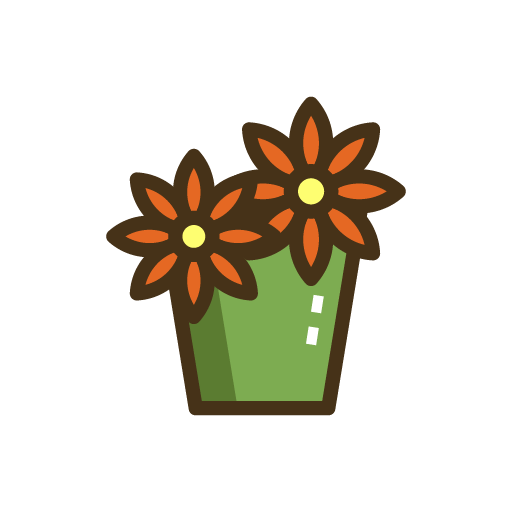Creating a terrarium isn’t just about planting a few greens in a container—it’s about designing a miniature world that reflects your personal style and brings beauty to your space. Whether you want to create a lush jungle or a minimalist desert scene, here are some expert tips to help you design a stunning and harmonious terrarium.
1. Choose the Right Container
The container you choose will set the tone for your entire terrarium. Glass containers are the most popular choice because they allow you to see the intricate layers and plants inside. The shape and size of the container will influence your design. For a more tropical or rainforest look, opt for a tall, cylindrical container to give your plants room to grow upwards. For a desert theme, a low, wide container works best to spread out the succulents and cacti. Keep in mind that open containers are ideal for dry-loving plants, while closed ones are better for humidity-loving varieties.
2. Layering for Proper Drainage
A successful terrarium design relies on creating the right environment for your plants, and this begins with proper layering. The first layer should be small pebbles or gravel to ensure good drainage. This will allow excess water to flow away from the roots, preventing rot. Next, add a thin layer of activated charcoal to prevent odors and keep the environment fresh. Finally, top it off with a layer of soil suitable for your chosen plants. This foundation will create a healthy growing environment, allowing your plants to thrive.
3. Play with Plant Varieties and Textures
The plants you choose for your terrarium will determine its overall look. To create a stunning miniature landscape, mix different textures, shapes, and colors. For a tropical feel, use ferns, mosses, and ivy to create a lush, green environment. For a more minimalistic design, succulents, cacti, and air plants work beautifully. Mixing tall plants with low-growing ones adds depth to your design, and placing plants at different levels (some higher, some lower) creates a more dynamic and natural-looking layout. Be sure to choose plants with similar light and water needs to ensure they all thrive together.
4. Add Decorative Elements
One of the most fun parts of creating a terrarium is adding decorative touches. Small pebbles, crystals, miniature figurines, and even tiny fairy lights can bring personality to your design. However, be mindful not to overcrowd your terrarium—sometimes, less is more. A few carefully placed accessories can elevate the overall look of your terrarium without overwhelming the plants. Adding natural elements like bark or shells can also enhance the feeling of an authentic miniature landscape.
5. Consider Light and Placement
Once your terrarium is designed, the next important step is placing it in the right location. Most plants will thrive with indirect sunlight, so place your terrarium in a bright room but away from direct sunlight. Direct sunlight can overheat your plants and cause them to dry out. If you have a closed terrarium, make sure it’s not in a spot that gets too hot, as the enclosed space can trap heat and moisture. For an open terrarium, a spot that receives a few hours of indirect light each day will keep your plants happy and healthy.
6. Keep It Balanced and Maintain
After creating your terrarium, it’s important to maintain the balance you’ve established. Avoid overcrowding your plants and give them space to grow. Regularly trim any overgrown plants and remove dead leaves to keep your terrarium looking fresh. Be mindful of the watering needs of each plant—overwatering is one of the most common mistakes in terrarium care. If your container is sealed, it will retain moisture, so water sparingly. For open terrariums, the plants may need a bit more water, but always ensure proper drainage to avoid waterlogging.
Creating a terrarium is a beautiful way to add a personal touch to your home while embracing your creativity. By following these design tips, you can craft a miniature landscape that is both aesthetically pleasing and healthy for your plants. Terrariums are unique pieces of art that bring the beauty of nature indoors, offering endless possibilities for expression and creativity.

